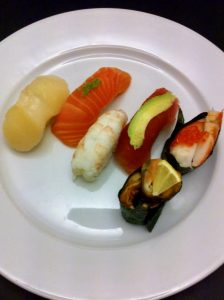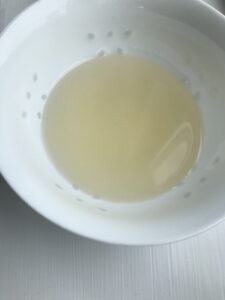There are several types of sushi rice in Europe not as many as in Japan. In Japan, there are as many types of sushi rice as cheese in a European supermarket.
In Denmark you will find different types of sushi rice if you visit a large Asian supermarket. A European supermarket and small Asian shops often have one of a kind. It’s really good too.
There is a difference in the quality of sushi rice. Of course, it also affects the whole gastronomic experience.
In the large Asian supermarket you will find several sushi rice some are produced in the US, Europe and Japan.
In US, there are many Japanese-owned companies in the food industry. They produce raw materials including sushi rice for the Japanese market sushi which is of the same quality as the rice grown in Japan.
In Europe, Japanese sushi rice is grown.
They are grown by European companies that have learned the cultivation methods in Japan. In this way, the rice avoids the long transport time from Japan to Europe.
In the Sushi course for beginners, you will learn which sushi rice is best suited for beginner’s sushi rice which ensures that you made sushi of good quality.
_
Zoë has lectured and held sushi courses for A. P. Moller – Maersk, Hugo Boss Nordic, Novo Nordisk, Novartis, Velux, Gorrissen Federspiel, Beierholm revision, Elbek & Vejrup and many more.








